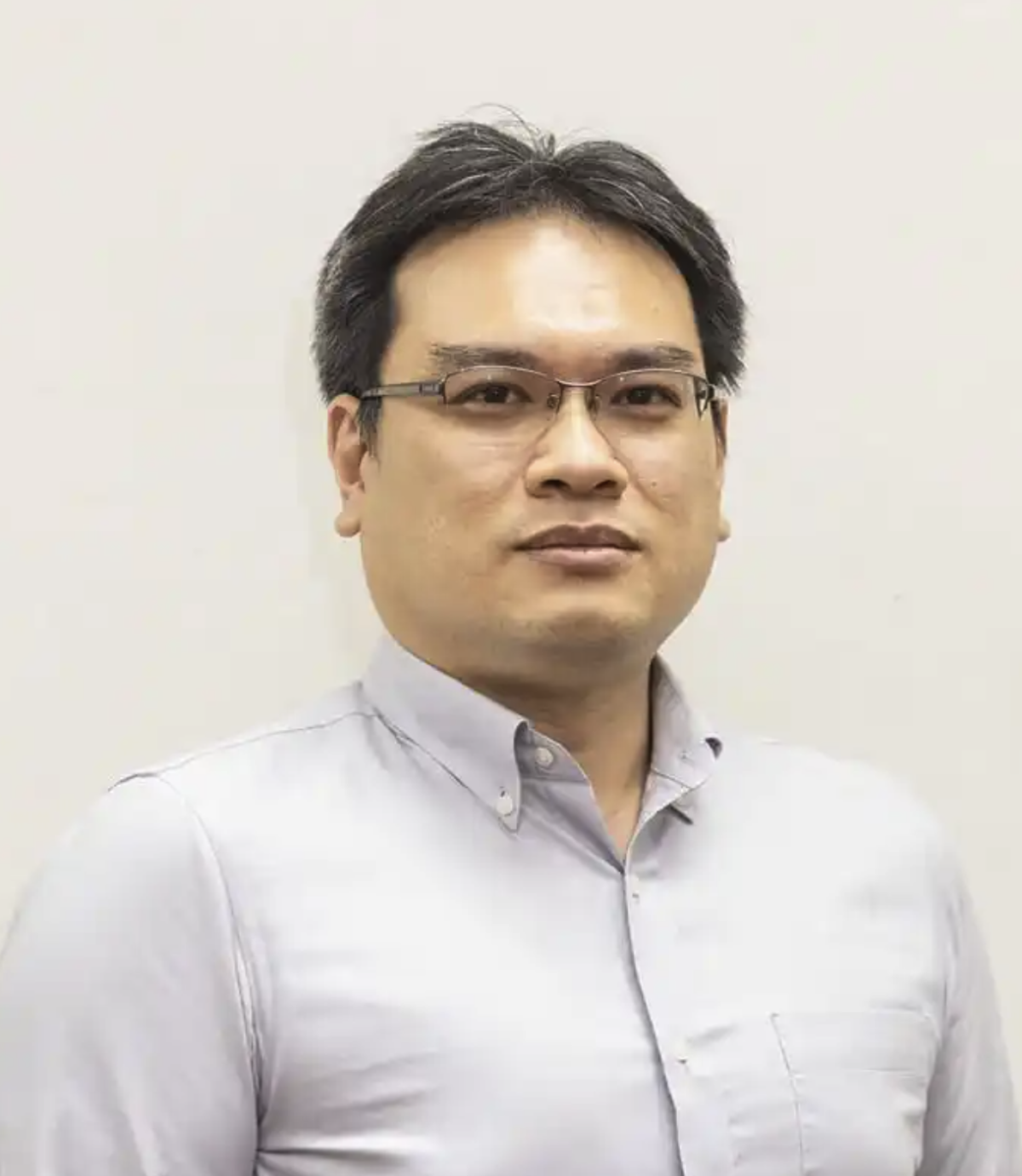Title: Assistant Professor
Country/Region: Taiwan
Period: 2024/7/15-2024/9/13
Theme: Spatio-temporal Distribution of Shallow Slow Earthquakes Estimated from In-situ Stresses and Hydrological Fields around Subducted Seamounts.
Host: Masataka KINOSHITA
Introduction: My research focuses on the crustal stress field, rock characteristics, and the interaction between fracture systems and fluid using borehole logging data. Using the corresponding parameters, geophysical and geomechanical models will be built and applied to various research fields, such as green energy and carbon capture and storage (CCS). This is particularly relevant in modern natural resource explorations, including oil and gas reservoir detection, resource estimation, gas hydrate layer evaluation, geothermal well design, and rare earth element collection. We aim to integrate geophysical, geological, and engineering information into geomechanical models and apply this technology to resource estimation and geohazard evaluation. Additionally, we work on seismic hazard and seismicity simulations, which are related to significant public and sustainability issues.
Research Report:
3D Stress Modeling in Hyuga-Nada, Southwestern Japan: Geophysical
Analysis with Focus on Seamounts and Stress Changes in Thrust Faulting
Stress Regions
Introduction
Hyuga-Nada, located in the western region of the Nankai Trough, is a
tectonically complex area characterized by the subduction of the Philippine Sea
Plate beneath the Eurasian Plate. This region is well-known for various seismic
phenomena, including frequent small earthquakes and significant slow slip
events (SSEs). One of the defining features of the Hyuga-Nada subduction zone is
the presence of seamounts on the oceanic plate. These seamounts play a crucial
role in aRecting the stress regime and faulting behavior within the area.
Our research focuses on the 3D stress modeling of the Hyuga-Nada
subduction zone, particularly analyzing the interaction of two seamounts within
the subduction zone and their influence on the stress state of the region. We aim
to investigate the stress changes in the thrust faulting region and explore their
relationship with slow slip events (SSEs). This report presents the geological and
geophysical introduction of the area, the methodology applied in the 3D stress
modeling, and a discussion of the results, particularly how these stress changes
correlate with SSEs.
Analysis with Focus on Seamounts and Stress Changes in Thrust Faulting
Stress Regions
Introduction
Hyuga-Nada, located in the western region of the Nankai Trough, is a
tectonically complex area characterized by the subduction of the Philippine Sea
Plate beneath the Eurasian Plate. This region is well-known for various seismic
phenomena, including frequent small earthquakes and significant slow slip
events (SSEs). One of the defining features of the Hyuga-Nada subduction zone is
the presence of seamounts on the oceanic plate. These seamounts play a crucial
role in aRecting the stress regime and faulting behavior within the area.
Our research focuses on the 3D stress modeling of the Hyuga-Nada
subduction zone, particularly analyzing the interaction of two seamounts within
the subduction zone and their influence on the stress state of the region. We aim
to investigate the stress changes in the thrust faulting region and explore their
relationship with slow slip events (SSEs). This report presents the geological and
geophysical introduction of the area, the methodology applied in the 3D stress
modeling, and a discussion of the results, particularly how these stress changes
correlate with SSEs.
View All
Fiscal Year: 2024
Fiscal Year: 2024


